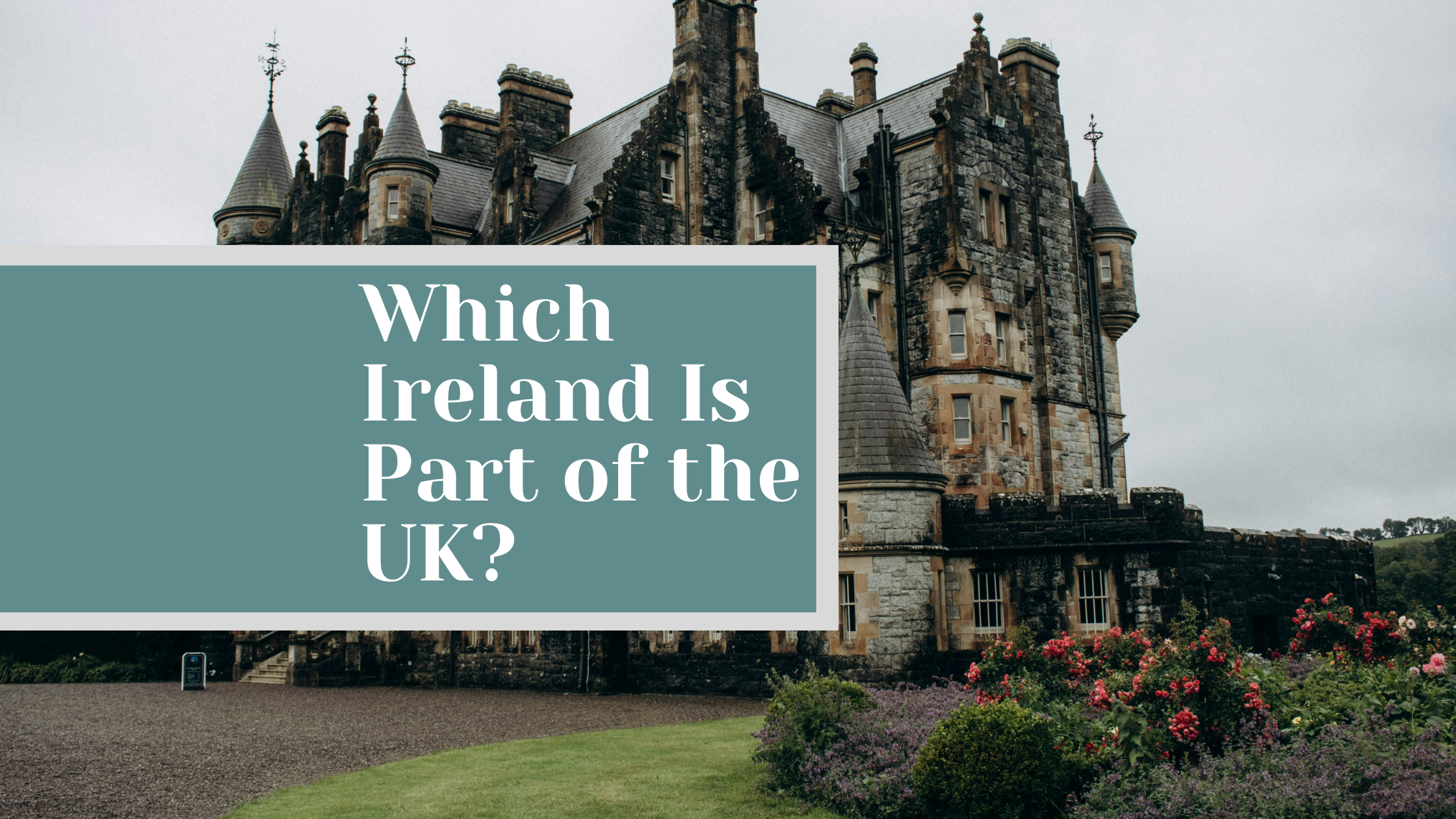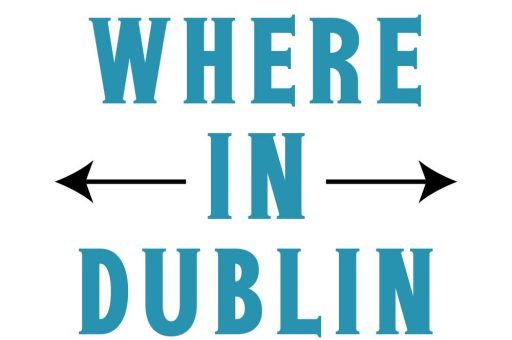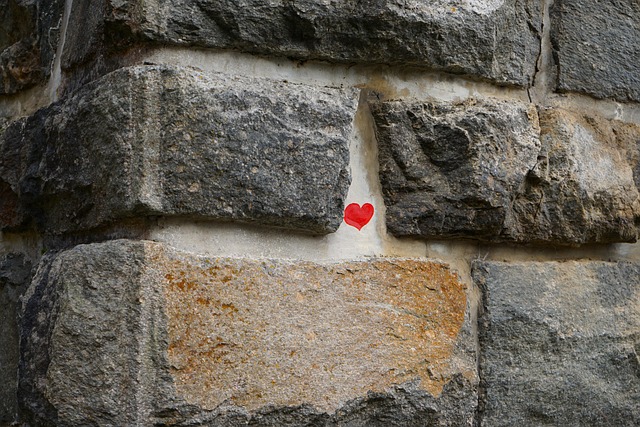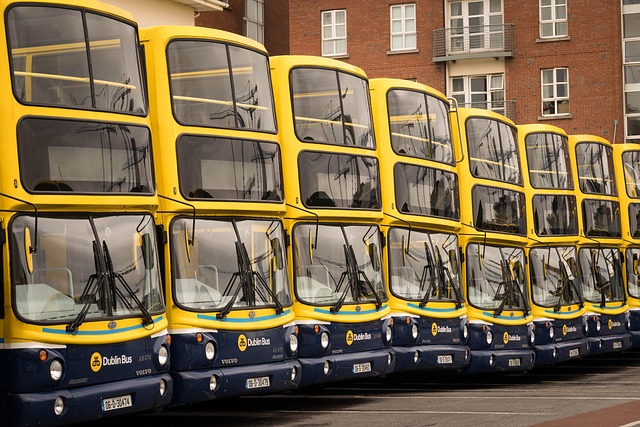
Understanding the connection between Ireland and the United Kingdom can be a bit confusing, especially if you’re hearing mixed explanations online. So, let’s clear it up in plain language. This post breaks down which part of Ireland is actually part of the UK, what makes it different from the rest of the island, and why the two Irelands exist in the first place. Based on my overall experience researching travel, history, and cultural ties between the two, I’ll explain this in a way that makes sense even if you’ve never studied geography or history in detail.
The Short Answer
Northern Ireland is the part of Ireland that belongs to the United Kingdom. The Republic of Ireland (also called Ireland) is a completely separate country.
So, the United Kingdom is made up of four countries: England, Scotland, Wales, and Northern Ireland.
Meanwhile, the island of Ireland itself has two political parts:
Northern Ireland, part of the UK
The Republic of Ireland, an independent nation
That’s the quick answer, but to really understand why this is the case, we need to go into a bit of background.
How the Division Happened
The story of Ireland’s division goes back hundreds of years. The island used to be a single entity under British rule, but a mix of religion, politics, and national identity led to the split.
Early British Rule
The English began exerting control over Ireland as far back as the 12th century. Over time, English rule tightened, and by the 1600s, most of Ireland was under English control. British settlers moved into areas of Ireland, especially the north, where they established plantations and communities that stayed loyal to the British crown.
Religious and Cultural Differences
Religion became a key dividing factor.
The north (particularly Ulster) had a large Protestant population with ties to Britain.
The rest of Ireland was mostly Catholic and increasingly pushed for self-governance.
These differences shaped politics and identity for centuries. The Protestants in the north saw themselves as British, while most Catholics in the south identified as Irish and wanted independence.
The Push for Independence
By the 1800s, Ireland was officially part of the United Kingdom under the Act of Union (1801). But resentment grew as many Irish people wanted freedom. The late 1800s and early 1900s saw a strong independence movement.
This culminated in the Irish War of Independence (1919–1921). The result was the Anglo-Irish Treaty of 1921, which created two separate entities:
- The Irish Free State (which later became the Republic of Ireland)
- Northern Ireland, which remained part of the UK
That’s how the split between the north and south began.
Northern Ireland’s Unique Status
Why It Stayed with the UK
The main reason Northern Ireland stayed part of the UK was loyalty and identity. Most people living there, especially Protestants, wanted to remain British. They identified more with the UK than with the predominantly Catholic Republic of Ireland.
The British government allowed Northern Ireland to “opt-out” of the new Irish Free State, and that’s exactly what it did in 1922.
The Political Setup
Northern Ireland has its own devolved government, the Northern Ireland Assembly in Belfast, which handles many local issues. However, it’s still under the UK’s sovereignty, meaning that the UK Parliament in London has ultimate authority.
The Republic of Ireland, meanwhile, has its own government and operates independently, with its capital in Dublin.
The Troubles and Peace Process
No explanation of Ireland’s division is complete without mentioning “The Troubles.”
What Were The Troubles?
From the late 1960s to the late 1990s, Northern Ireland went through a violent and bitter conflict known as The Troubles. It involved:
- Unionists/Loyalists (mainly Protestant) who wanted Northern Ireland to stay part of the UK.
- Nationalists/Republicans (mainly Catholic) who wanted it to join the Republic of Ireland.
Over 3,500 people died during this period in bombings, shootings, and riots.
The Good Friday Agreement
In 1998, the Good Friday Agreement (also called the Belfast Agreement) was signed. It was a major peace deal that:
- Ended most of the violence.
- Established a power-sharing government in Northern Ireland.
- Guaranteed that any future change in Northern Ireland’s status (like joining Ireland) could only happen through a democratic vote by its people.
This peace deal remains one of the most important political agreements in modern European history.
The Present Situation
Northern Ireland Today
Northern Ireland continues to be part of the UK. It uses the British pound (£), follows UK law, and recognizes the King as its head of state. However, it also has a unique mix of Irish and British culture.
You can see both the UK flag (Union Jack) and the Irish tricolor flying in different areas depending on the community. Sports, language, and even holidays reflect this blend of identities.
The Republic of Ireland Today
The Republic of Ireland is a fully independent nation and a member of the European Union (EU). It has its own currency (the Euro €), government, and foreign policy. Dublin is its capital, and it’s one of Europe’s most prosperous economies today.
The Border Question
The border between Northern Ireland and the Republic of Ireland stretches for about 500 kilometers (310 miles).
Before the peace process, it was heavily militarized. Now, thanks to the Good Friday Agreement, the border is open and almost invisible, you can drive across it without realizing it.
However, Brexit made this issue complicated again.
How Brexit Affected Things
When the UK left the EU in 2020, the question was: What happens to the Irish border?
Since the Republic of Ireland is still in the EU but Northern Ireland is in the UK, customs and trade rules became tricky. To avoid a “hard border,” a special arrangement called the Northern Ireland Protocol was created.
This allows Northern Ireland to follow some EU trade rules to keep the border open. It’s a compromise that keeps peace while balancing politics and trade.
Common Misconceptions About Ireland and the UK
Many people still get confused by the difference between Ireland, Northern Ireland, and the UK. Here are a few things that clear up the mix-up:
1. Ireland Is Not Part of the UK
Only Northern Ireland is. The Republic of Ireland is its own country, with its own passports, government, and laws.
2. The Whole Island Isn’t British
The entire island of Ireland is not part of Britain. Only the northern part is politically connected to the UK.
3. The United Kingdom Includes More Than Just England
The UK isn’t just England. It includes England, Scotland, Wales, and Northern Ireland. Many outside observers mistakenly use “England” and “UK” as if they mean the same thing, but they don’t.
4. The Term “British Isles” Is Geographical, Not Political
The “British Isles” includes Great Britain, Ireland, and smaller islands nearby. It’s a geographical term, not a political one. Both the Republic of Ireland and the UK are part of the British Isles geographically, but politically they’re separate.
What Life Feels Like on Both Sides
In Northern Ireland
Northern Ireland is a place of contrasts. You’ll find British-style red phone boxes, double-decker buses, and pubs with Union Jacks hanging outside. But you’ll also hear Irish accents, see Gaelic signs, and meet people with strong Irish roots.
Cities like Belfast and Derry are full of history and resilience. The murals that line their streets tell stories of struggle and peace, of division and unity.
Based on my overall experience talking to locals, the sense of identity here is deeply personal. Some say they’re Irish, others say they’re British, and many feel both. It’s a place where history still shapes everyday life, but peace and progress are visible everywhere.
In the Republic of Ireland
The Republic of Ireland feels distinctly independent. It’s European in spirit but proudly Irish in culture. Dublin, Cork, and Galway buzz with energy, creativity, and confidence. The economy is modern, yet traditions like Gaelic sports, music, and storytelling are alive and strong.
There’s a sense of pride in being free from British rule, but there’s also warmth toward Northern Ireland and the UK, especially in tourism, business, and culture.
Could Ireland Ever Reunite?
The idea of a united Ireland is still a major topic of debate. Some people in both the north and south support the idea of reunification, while others want things to stay as they are.
What Would It Take?
Under the Good Friday Agreement, any change must happen through a democratic vote, a border poll. That means the people of Northern Ireland would have to vote in favor of leaving the UK to join Ireland.
Currently, opinions are divided. Some polls show growing support for reunification, especially after Brexit, but not enough for a clear majority.
What’s Holding It Back?
There are economic and political questions too, like how healthcare, taxes, and public services would merge. There’s also the matter of national identity: many in Northern Ireland feel British and don’t want to lose that connection.
Still, the conversation continues, and it’s likely to remain part of Irish politics for years.
Culture and Identity, The Human Side
What makes Ireland’s story so unique isn’t just politics; it’s how people live and feel on both sides of the border.
In Northern Ireland, you’ll meet families who celebrate both St. Patrick’s Day and the King’s birthday. In the Republic, you’ll find people who travel north for work or family, crossing the border freely without thinking about politics.
From my own personal experience visiting both regions, what stands out most is how friendly and open people are. The tension that once divided communities has largely faded in everyday life. There’s still pride in one’s roots, but also a growing focus on shared future rather than old battles.
Why It Matters Today
Knowing which Ireland is part of the UK is more than a geography quiz. It helps you understand current events, from Brexit to trade to tourism. It also helps you appreciate how history, identity, and politics can shape modern life.
Ireland’s division isn’t just about borders, it’s about belonging. It’s a story of two communities finding peace after generations of conflict, learning to respect differences while sharing one island.
Final Thoughts
So, to sum it up clearly:
Northern Ireland is part of the United Kingdom.
The Republic of Ireland is a separate, independent country.
They share the same island, but they have different governments, currencies, and international ties.
Both places are beautiful, welcoming, and full of character, each with its own charm. Whether you walk through Belfast’s historic streets or Dublin’s lively pubs, you’re stepping into a land where past and present meet in fascinating ways.
And that’s what makes Ireland, both north and south, so captivating.







